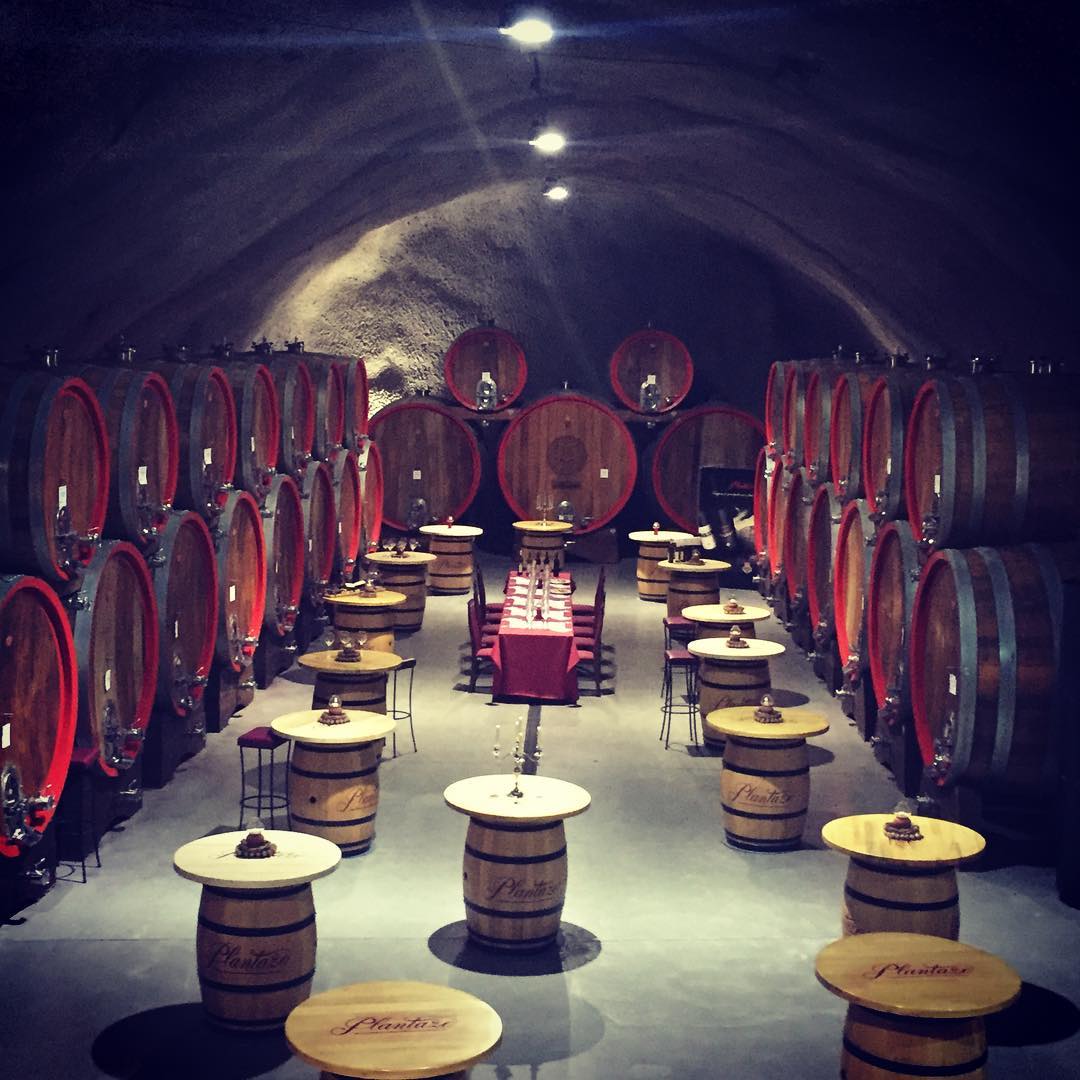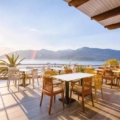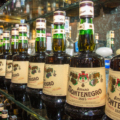Introduction
Nestled in the heart of Montenegro, beneath the expansive vineyards of the Plantaze winery, lies a subterranean gem waiting to be explored – the Šipčanik Wine Cellar. This hidden marvel is an exceptional testament to the age-old tradition of winemaking, housed in a captivating setting that narrates a story of resilience, history, and love for the grapevine.
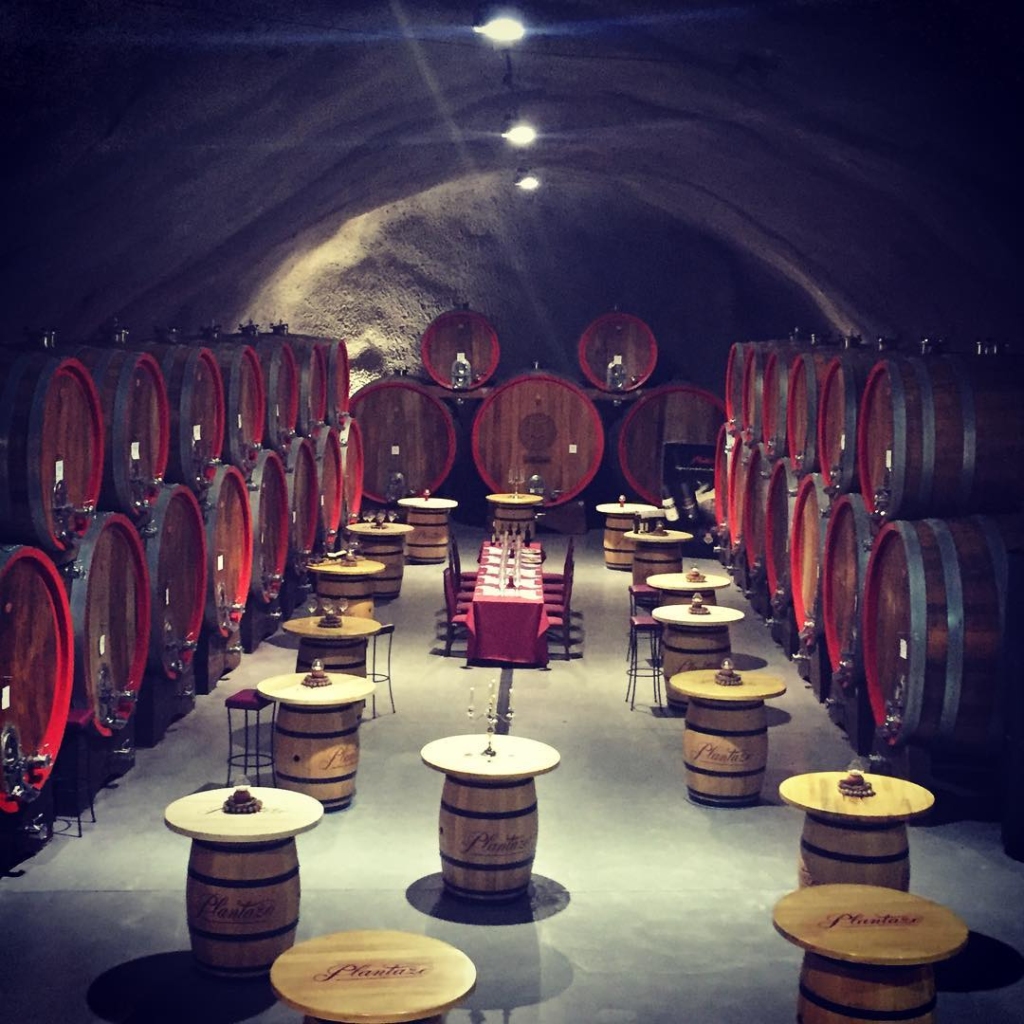
A Historical Repurposing:
The Šipčanik Wine Cellar has a rich and unusual history rooted in Montenegro’s military past. Originally built during the Cold War, it was a secret underground aircraft hangar constructed by the Yugoslav People’s Army. Located near the Golubovci military airbase, the facility was carved into a hill and reinforced to withstand potential NATO airstrikes, reflecting the heightened military tensions of the era. Its location and purpose were highly classified, designed to shelter fighter jets and serve as a strategic reserve in case of conflict.
The structure remained in military use until the 1990s, when the breakup of Yugoslavia and subsequent regional conflicts rendered it obsolete. During the NATO bombing campaign in 1999, the hangar sustained damage and was ultimately abandoned by the military.
In 2007, the Montenegrin wine company 13. Jul Plantaže repurposed the derelict space into a vast, modern wine cellar. Taking advantage of the hangar’s stable underground climate—ideal for wine storage—the transformation marked a symbolic shift from a place of war to one of peace and productivity. Today, the Šipčanik Wine Cellar stands as a unique blend of Cold War history and Montenegrin winemaking heritage.
The Cellar and Its Wines:
Inside the belly of this 356-meter long tunnel, you’ll find an array of meticulously arranged oak barrels and bottles of wine, aged to perfection. The consistent temperature (between 17-19°C) and humidity (around 70%) within the cellar offer optimal conditions for wine maturation, thus ensuring the high quality of the vintages produced here. The cellar’s 28,000 square meters house over two million liters of wine, including Vranac, the flagship red wine of Plantaze and Montenegro.
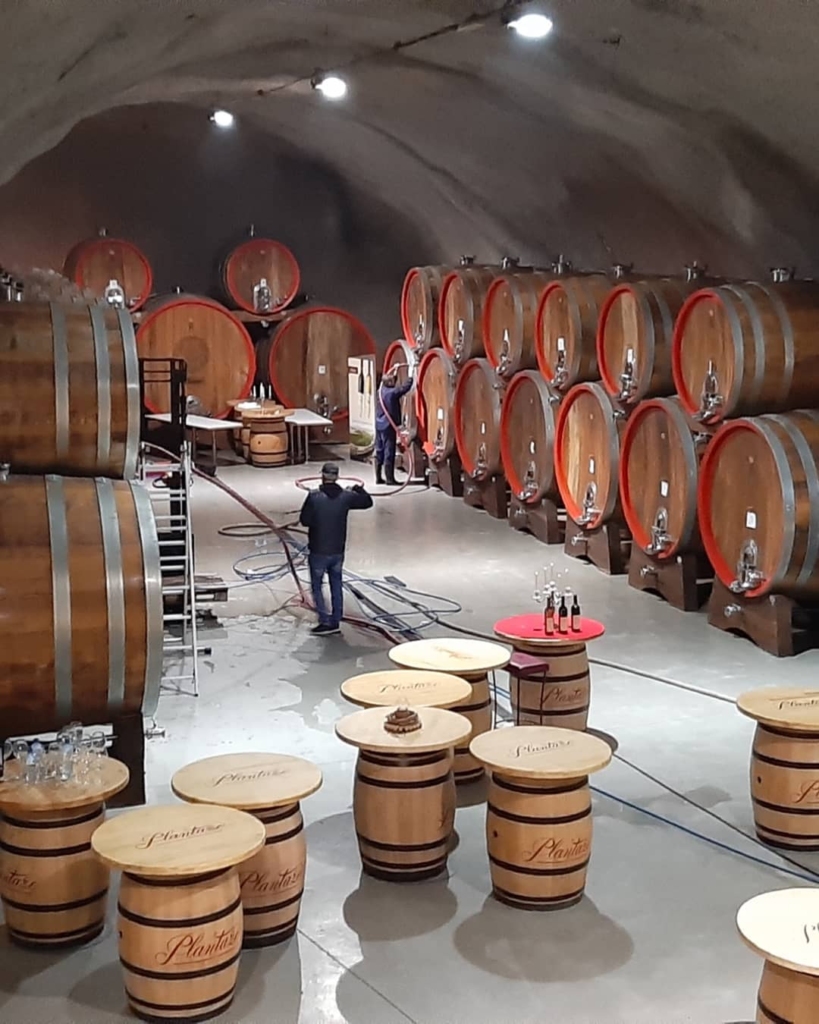
Montenegrin wines are a delightful revelation for any wine enthusiast, offering a perfect blend of traditional winemaking techniques and local grape varieties. The star of Montenegrin wine production is undoubtedly Vranac, a native dark-skinned grape variety that yields bold, full-bodied red wines with notes of black fruit and earthy undertones. Other indigenous grapes include Krstač for elegant white wines, and Žižak for fragrant rosés. The unique geography and climate of Montenegro, with its warm Mediterranean influence, rugged mountainous terrain, and fertile alluvial plains, contribute to the distinctive character of its wines. Whether exploring the vineyards of Lake Skadar region or savoring a glass at a local wine bar, the taste of Montenegrin wine is an authentic journey through the country’s rich viticultural heritage. To read more about Montenegrin wines, please see our article.
A Unique Experience:
Visiting the Šipčanik Wine Cellar is more than just a wine-tasting expedition. As you traverse the dimly lit, arched corridor adorned with artistic depictions of wine production, you are transported back in time. The cellar offers guided tours that immerse visitors in the rich cultural heritage of Montenegrin winemaking. The experience culminates in a tasting session where you can savor the sublime flavors of Plantaze wines paired with local cheeses and prosciutto.
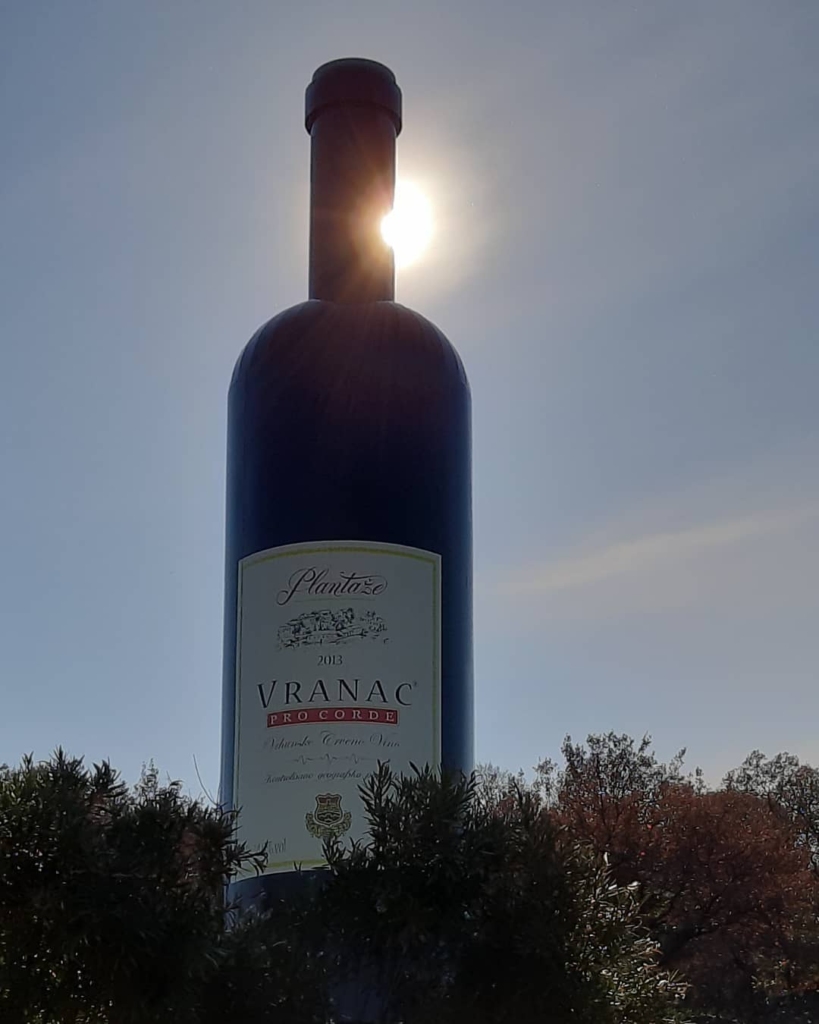
No visit to the Šipčanik Wine Cellar would be complete without a meal at the nearby Restaurant 13. Jul. Named after the date of the Montenegrin uprising in World War II, this restaurant is another testament to the area’s rich history. Located within the Plantaze vineyard complex, just a short distance from the cellar, Restaurant 13. Jul offers a perfect pairing to the wine tasting experience.
The culinary experience at Restaurant 13. Jul is further enhanced by its warm, rustic ambiance, and the stunning views of the surrounding vineyards. But, of course, the highlight is the wine list, which features a broad selection of wines from the Šipčanik Cellar. Here, you can enjoy the flavors of Montenegro in every bite and every sip, creating a sensory journey that complements the cellar tour beautifully.
Sustainability and Šipčanik:
Šipčanik Wine Cellar stands as a beacon of sustainable practices in winemaking. The cellar’s design utilizes the natural insulation provided by the earth, minimizing energy consumption for temperature and humidity control. Furthermore, the winery’s commitment to preserving the local environment is evident in its respectful cultivation techniques.
How do I get there?
The Šipčanik Wine Cellar is conveniently located just outside the Montenegrin capital city, Podgorica. If you’re already in Podgorica, you can easily reach the cellar by a short 10-minute drive or taxi ride. From the city center, head southeast on Boulevard George Washington, then take a left turn onto the E65/E80 highway. After about 4 kilometers, you’ll see the sign for Plantaze Vineyard and Šipčanik Wine Cellar on your right.
For those journeying from further afield, Podgorica’s international airport is a handy entry point. The airport offers connections to many major European cities, and the cellar is a mere 5 kilometers from the airport, making it an easy taxi ride away. Alternatively, rental cars are available at the airport if you prefer to drive yourself.
Conclusion
The Šipčanik Wine Cellar is a testament to Montenegro’s rich winemaking tradition, a showcase of architectural ingenuity, and a beacon of sustainable practices. Whether you are a wine connoisseur, a history enthusiast, or a lover of unique experiences, a visit to this cellar is a must when in Montenegro. It is not just a cellar; it is a journey through time, a sip of culture, and a taste of the Montenegrin spirit.

